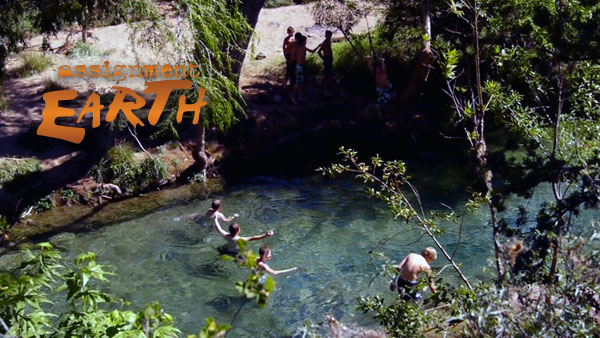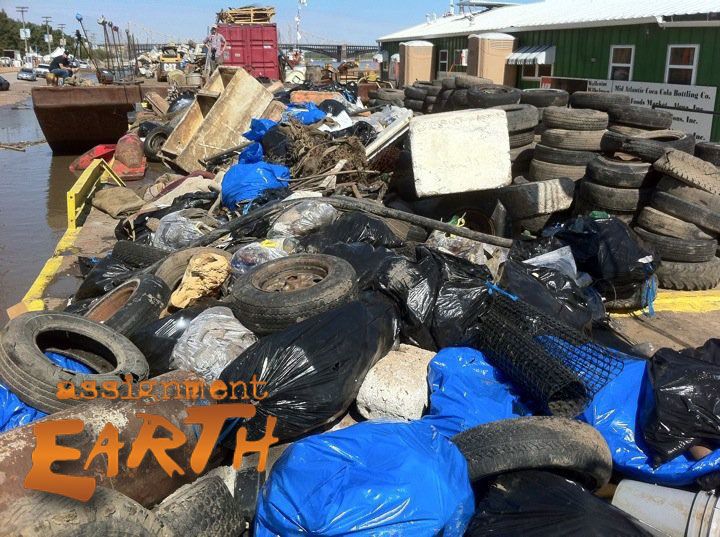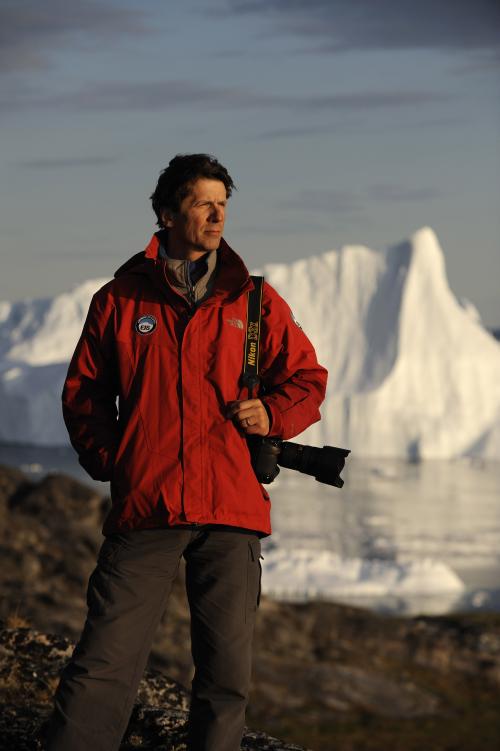Environmental Journalism
Better beer cans than Bulldozers – The Joy Trip Project

Mississippi River XTreme Cleanup – The Joy Trip Project

Assignment Earth: Zombie Subdivisions – The Joy Trip Project

Fall-out from the housing market bubble isn’t just affecting the suburbs of major metropolitan areas. Rural communities throughout the Rocky Mountain west are suffering too. Teton County Idaho with a population of fewer than 10,000 now has an astonishing 7,000 vacant lots, rural farms now converted to cul-de-sacs to nowhere. It’s a surplus some say could take anywhere from 70 to nearly 300 years to build out even if the economy picks up.
“It really looks like a wasteland. Its blight and we have zombie sub-divisions just like this all over our valley,” said Anna Trentadue of Valley Advocates for Responsible Development. “And some of them appear to be in some of our most sensitive habitat areas.”Trentadue works for a non profit that deals with growth. With a diminished market making it tough for developers to finish what they started, here the group is ceasing an opportunity to try to reshape rural development. The hope is to avoid building on all the vacant lots which would create sprawl, a development pattern that’s expensive for tax payers who maintain the roads bridges and school bus routes that serve these far flung sub divisions. The group also aims to avoid carving up all the farmland and this valley’s rich wildlife habitat, bordering the southern end of the great Yellowstone ecosystem.
Teton Valley is home to Grizzlies, wolves, moose elk and many other species. To reshape growth, this non-profit is teaming up with developers, national experts and local government to see if some unfinished subdivisions can be redesigned to reduce the number of vacant lots, leaving more open space.
Gheralta Massif and the Machine-gun Traverse – The Joy Trip Project
 Eight thousand miles is a long way to travel just to set up a top rope. That’s especially true when there’s a guy with a machine gun blocking your way on the approach. But here on the sandstone cliffs of the Gheralta Massif was a unique opportunity to help writer and mountain guide Majka Burhardt establish some of the very first sport climbing routes in the nation of Ethiopia. The risk of automatic weapons fire notwithstanding it didn’t take long to convince me that it was still a good idea.
Eight thousand miles is a long way to travel just to set up a top rope. That’s especially true when there’s a guy with a machine gun blocking your way on the approach. But here on the sandstone cliffs of the Gheralta Massif was a unique opportunity to help writer and mountain guide Majka Burhardt establish some of the very first sport climbing routes in the nation of Ethiopia. The risk of automatic weapons fire notwithstanding it didn’t take long to convince me that it was still a good idea.From Africa with love – The Joy Trip Project
On first encounter locals here address me like one of their own. The color of my skin, the texture of my hair, the cast of my eyes, are all familiar to them. But upon second reckoning of my clothing, the camera bag on my shoulder, my manner of speaking they realize. I am a foreigner, a “forengee.” Yet still I am welcome. It’s up to me to impress upon those I meet that I have come to love their homeland, my motherland, and that I want to stay a bit longer.




You must be logged in to post a comment.